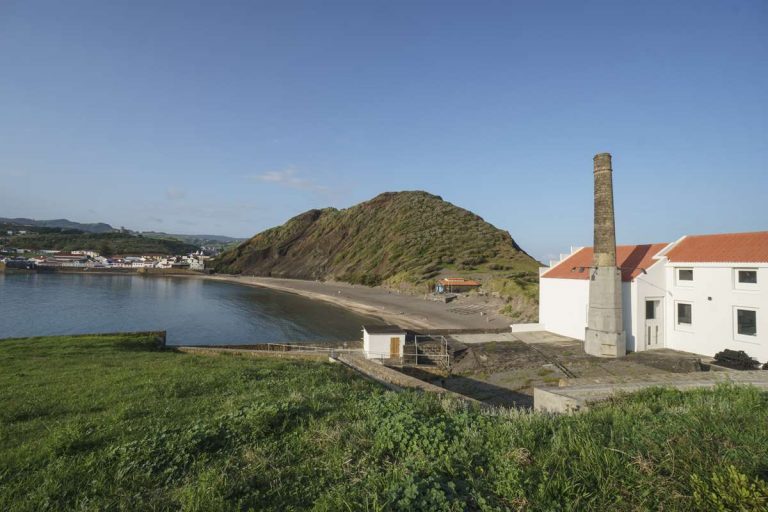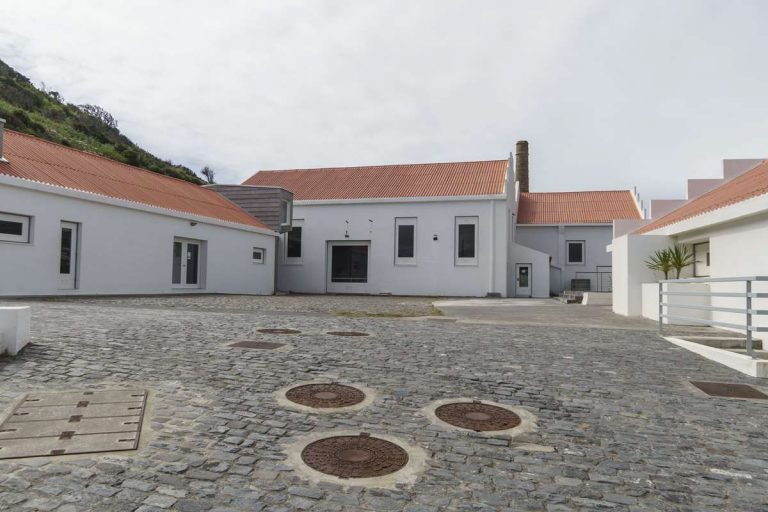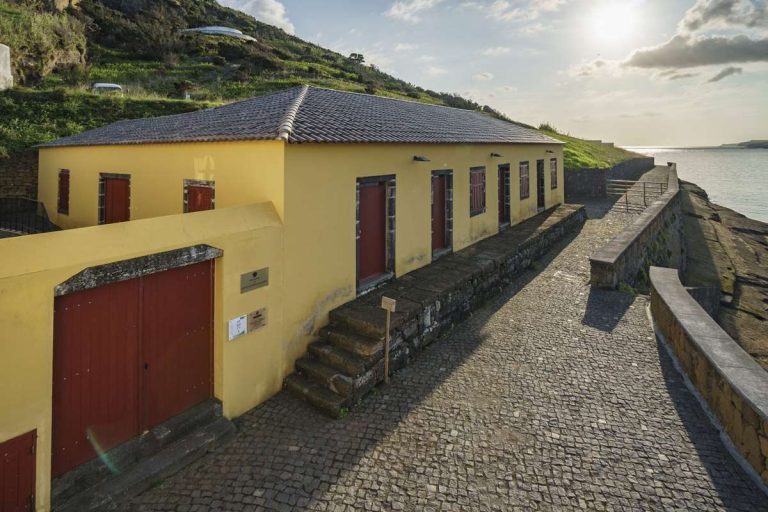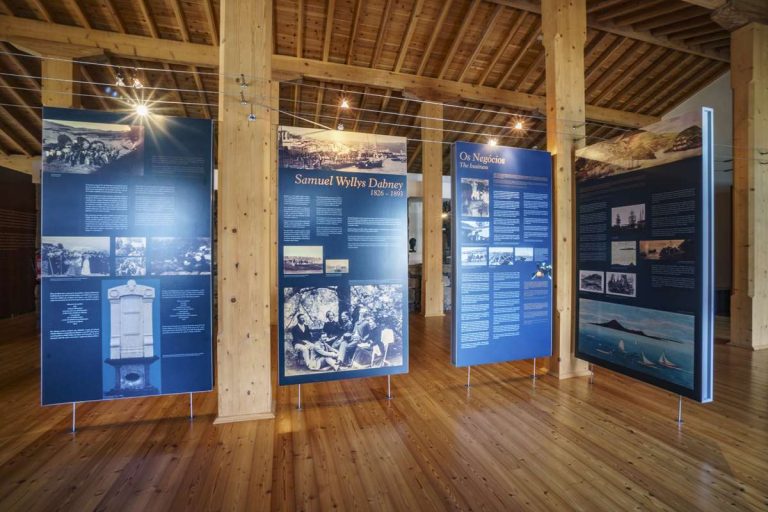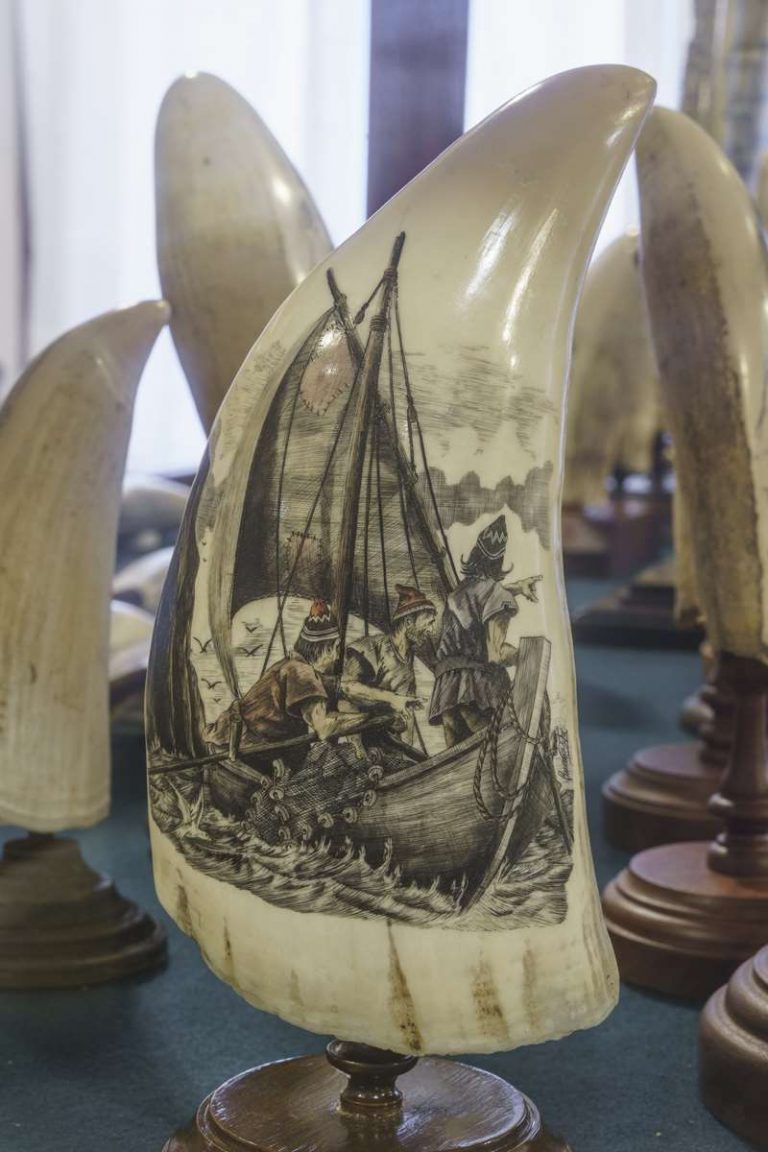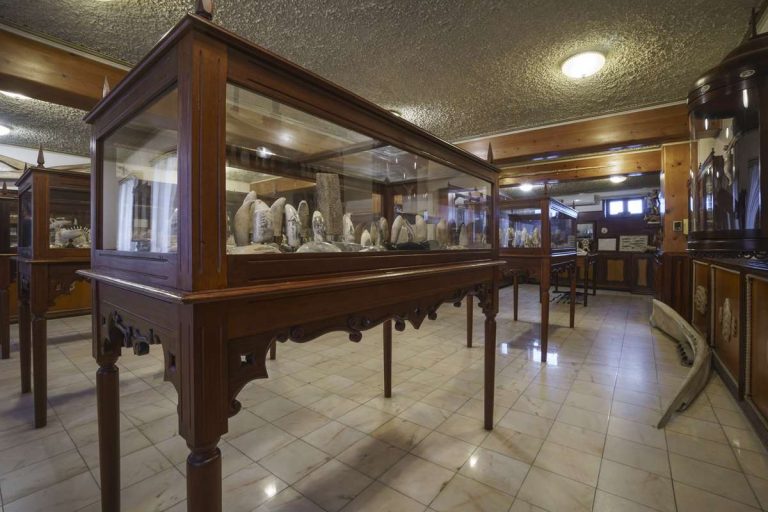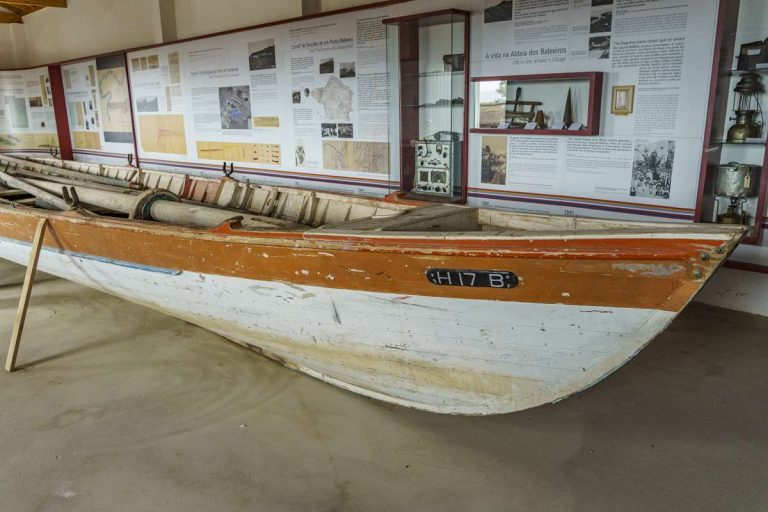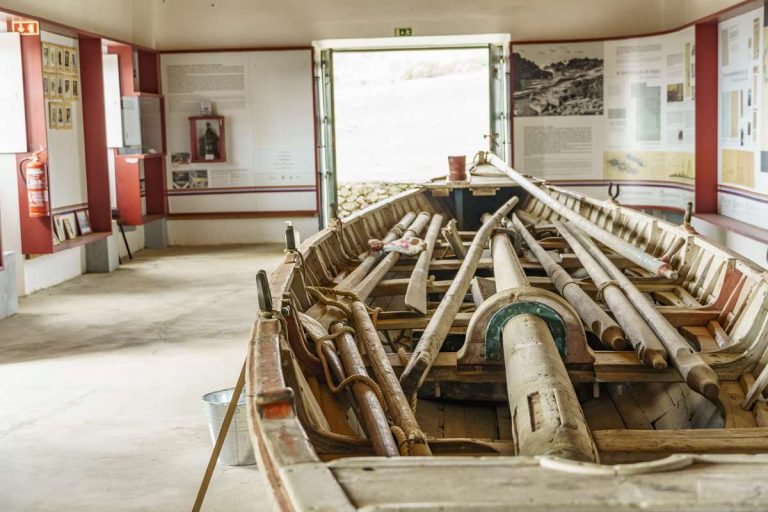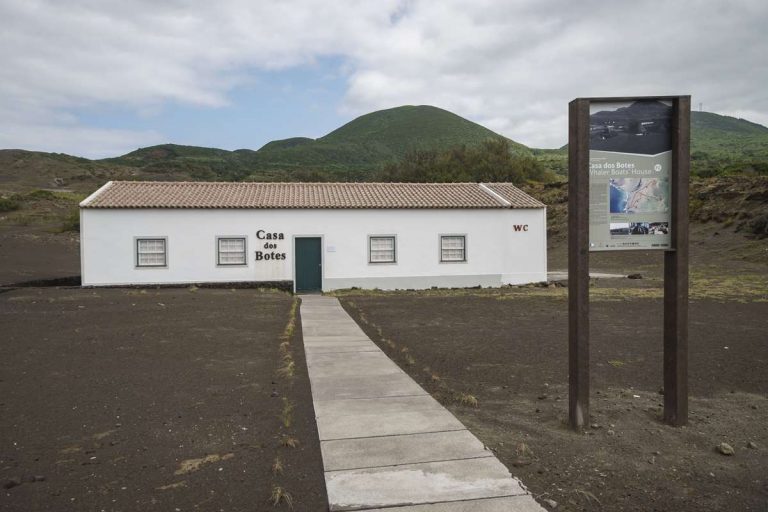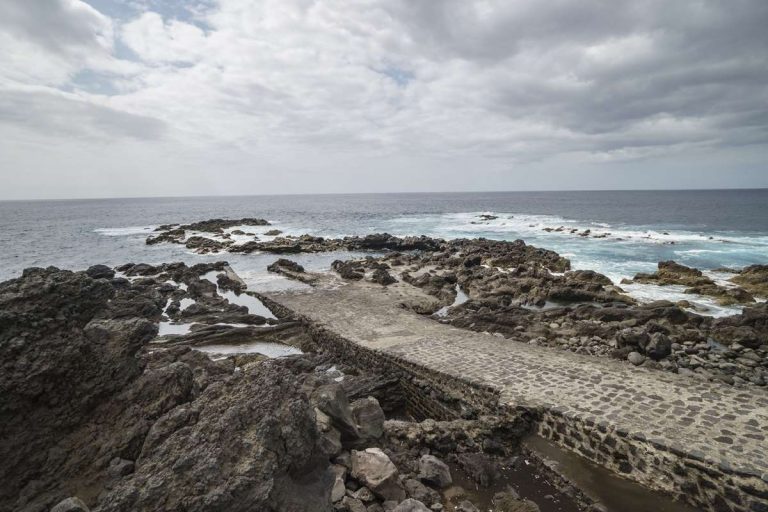Faial
Horta and Capelinhos
Duration
Full day (6 to 8 hours)
Total distance
32 km
Difficulty
Easy
ITINERARY
RBA01FAIWhaling was crucial for the economy and culture of Faial Island, having influenced this territory to this day.
To learn about the history of whaling industry in Faial, we start our visit in the Porto Pim Whale Factory, located in Monte da Guia. It was built in the 40s of the 20th century and worked for 30 years, where 1940 sperm whales were transformed, and 44 thousand drums of oil were produced. Today, it is still possible to see all its original machinery.
Next, we proceed to visit the Dabney's House, also in Monte da Guia, where we will learn about the journey and the role that the Dabney family played on the island of Faial. Coming from the United States of America, they specialized in maritime trade and were responsible for escalating the whaling industry here.
Time to get acquainted with Scrimshaw, a folk art form created by whalers: they sculpted and engraved the teeth of sperm whales and other whales, with themes alluding to family or whaling. These are faithful portrayals of that era, exposed today in the Scrimshaw Museum, in Horta.
After lunch, we head to the Porto do Comprido Whaling Station, in Capelo, which was the biggest and most productive whaling station, from 1884 to 1957. First, we go up to the Alto das Concheiras Lookout, a site used for sighting whales, which covered one of the areas where the biggest number of sperm whales were sighted in the Azores.
We head down to the Hauling Ramp and to the Boathouse, where nowadays a whaling boat is displayed, as well as an exhibition that brings us closely into the atmosphere of those times. We end the itinerary by the ruins of Seasonal Residences, used during the summer seasons, and later buried by the eruption of the Capelinhos Volcano in 1957.
Add
1/2 dayStay another 1/2 day to try:
• Whale Watching


